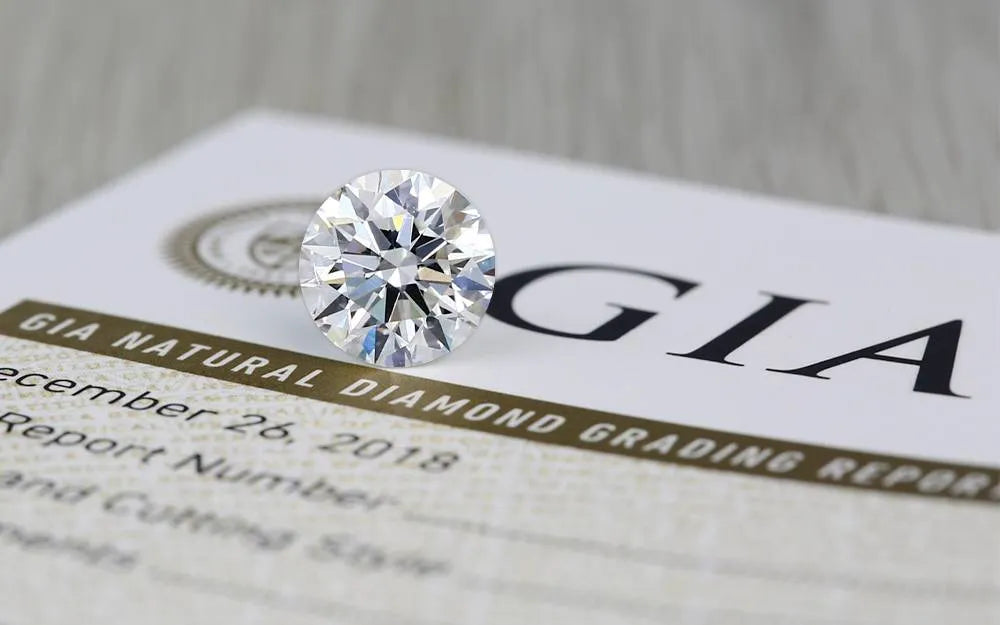In the world of luxury and elegance, diamonds have long been hailed as the epitome of beauty and prestige. However, with advancements in technology, a new contender has emerged in the jewelry industry – lab-grown diamonds. As consumers become increasingly conscious about the origin and impact of their purchases, the debate between lab-grown and natural diamonds has intensified. Let’s delve into the intricacies of both types to uncover the sparkling truth behind this fascinating rivalry.
What Are Lab-Grown Diamonds?
Lab-grown diamonds, also known as synthetic or cultured diamonds, are created through a process that replicates the natural conditions under which diamonds form beneath the Earth's surface. These diamonds are grown in controlled laboratory environments using cutting-edge technology that mimics the high pressure and high temperature (HPHT) or chemical vapor deposition (CVD) methods found in nature. The result? Diamonds with identical chemical, physical, and optical properties to their natural counterparts.
Natural Diamonds: The Timeless Classic
On the other hand, natural diamonds have captivated humanity for centuries with their unparalleled allure and scarcity. Formed over billions of years deep within the Earth's mantle, natural diamonds are the product of intense heat and pressure. Each natural diamond is unique, bearing distinct characteristics that reflect its journey from the depths of the Earth to the surface.
The Clash of Titans: Lab-Grown vs. Natural
-
Ethical Considerations: One of the most significant factors driving the rise of lab-grown diamonds is their ethical appeal. Unlike natural diamonds, which are often associated with environmental degradation and human rights concerns in regions where they are mined, lab-grown diamonds offer a conflict-free alternative. These diamonds are crafted in controlled environments, free from the ethical dilemmas surrounding traditional diamond mining practices.
-
Environmental Impact: Natural diamond mining can have a profound ecological footprint, including habitat destruction, soil erosion, and water pollution. In contrast, lab-grown diamonds require significantly fewer resources and produce lower carbon emissions, making them a more environmentally sustainable choice for conscientious consumers.
-
Quality and Value: While lab-grown diamonds offer ethical and environmental advantages, some purists argue that they lack the inherent rarity and mystique of natural diamonds. However, advancements in technology have enabled lab-grown diamonds to achieve exceptional quality and brilliance, often at a more affordable price point than their natural counterparts.
-
Certification and Recognition: To address concerns about authenticity and value, reputable gemological laboratories provide certifications for both lab-grown and natural diamonds. These certifications validate the authenticity and quality of the diamonds, ensuring transparency and peace of mind for consumers.
The Future of Diamonds: Bridging the Gap
As consumer preferences evolve and sustainability becomes increasingly paramount, the jewelry industry is witnessing a shift towards greater acceptance of lab-grown diamonds. While natural diamonds will always hold a special place in the hearts of many, lab-grown diamonds offer a compelling alternative for those seeking beauty without compromise.
In conclusion, the debate between lab-grown and natural diamonds is not simply a matter of preference, but a reflection of broader ethical, environmental, and technological considerations. Whether you choose the timeless allure of natural diamonds or the ethically conscious appeal of lab-grown diamonds, one thing remains certain – the beauty of diamonds, in all its forms, will continue to mesmerize and inspire generations to come.

